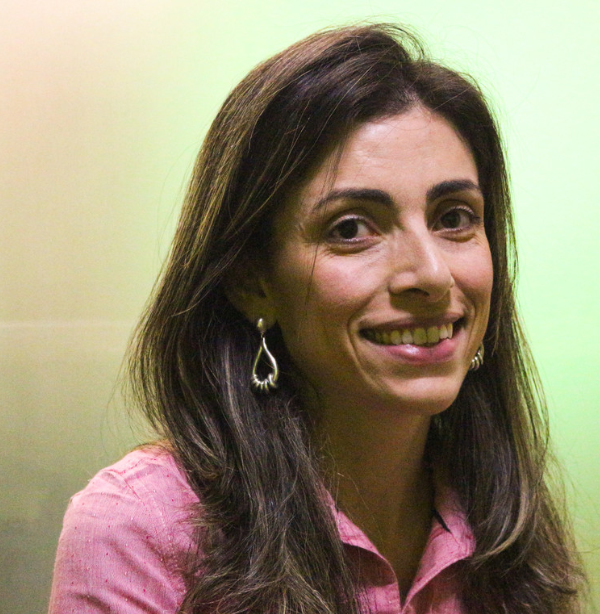
Cristina Nader Vasconcelos
I am currently a Research Software Engineer at Google Brain group in Montreal. I’m interested in applications of deep learning to computer vision, reinforcement learning, meta-learning, speech and natural language processing. I have a PhD in Computer Graphics from PUC-Rio, Brazil. Previously, I was Associate Professor at the Universidade Federal Fluminense (UFF).
Research Areas
Authored Publications
Sort By
Google
Scaling Vision Transformers to 22 Billion Parameters
Josip Djolonga
Basil Mustafa
Piotr Padlewski
Justin Gilmer
Mathilde Caron
Rodolphe Jenatton
Lucas Beyer
Michael Tschannen
Anurag Arnab
Carlos Riquelme
Matthias Minderer
Gamaleldin Elsayed
Fisher Yu
Avital Oliver
Fantine Huot
Mark Collier
Vighnesh Birodkar
Yi Tay
Alexander Kolesnikov
Filip Pavetić
Thomas Kipf
Xiaohua Zhai
Neil Houlsby
Arxiv (2023)
Proper Reuse of Image Classification Features Improves Object Detection
Vighnesh Nandan Birodkar
Proceedings of the IEEE/CVF Conference on Computer Vision and Pattern Recognition, CVPR (2022), pp. 13628-13637
Impact of Aliasing on Generalization in Deep Convolutional Networks
Hugo Larochelle
Nicolas Le Roux
Rob Romijnders
International Conference on Computer Vision ICCV 2021, IEEE/CVF (2021)
